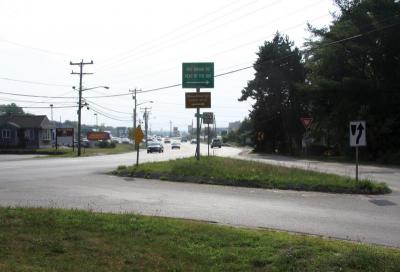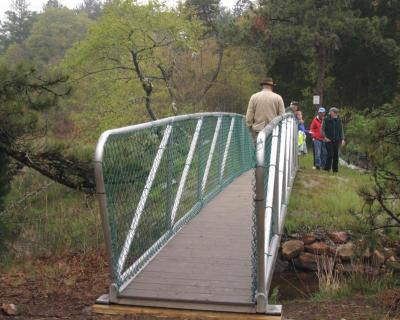Tracing our footsteps
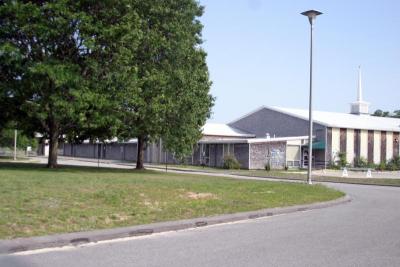


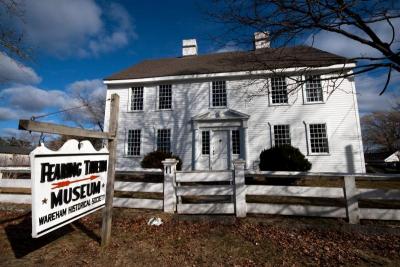
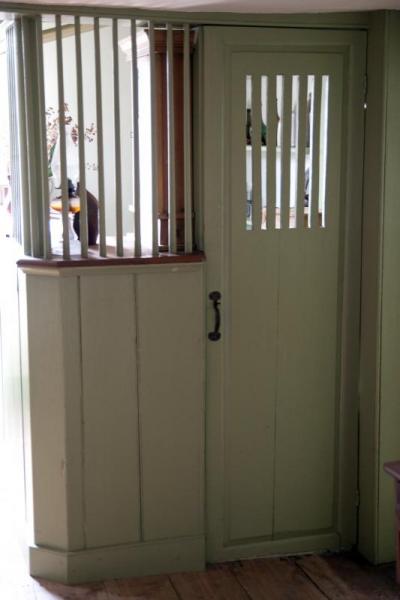
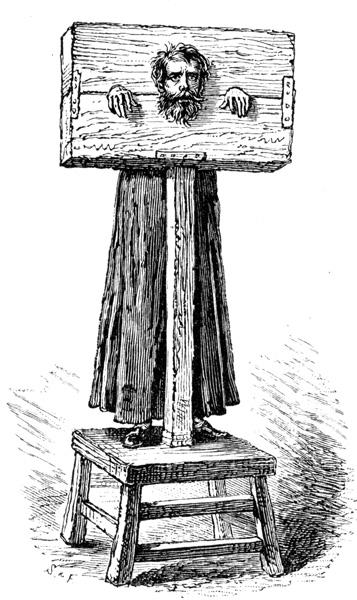
It may look like it exemplifies 20th-century sprawl, but according to the Wareham Historical Society, Cranberry Highway was traveled by deerskin moccasins for much longer than it has been traveled by rubber tires.
In a presentation Monday, June 21, society members and siblings Mack Phinney and Barbara Bailey traced the Wampanoag Indian trail through Wareham, beginning at the Rochester line at the intersection of County Road and Fearing Hill Road, and following all the way until it split just before crossing into Bourne.
Along the way, the presentation, which had been prepared by Phinney and Bailey for students at Wareham High School, stopped at some of Wareham's most historic homes and public buildings, telling interesting anecdotes about its inhabitants and encouraging audience members to reminisce about their own footsteps on this historic trail.
The trail originally connected Indian villages in Rhode Island with those in and around Plymouth, the seat of the nation and the home of its sachem, Massasoit, who famously aided the Pilgrims. By the late 17th century, however, English settlers had arrived and began homesteading along the trail.
Today, cars rumble by on Cranberry Highway and it is difficult to imagine that a colonial-era settler or Wampanoag would recognize the trail. But Fearing Hill Road retains a semi-rural feel, and there are many spots where, if you concentrate hard enough, you might just catch a peak of a sight that may have looked familiar over two-hundred years ago.




